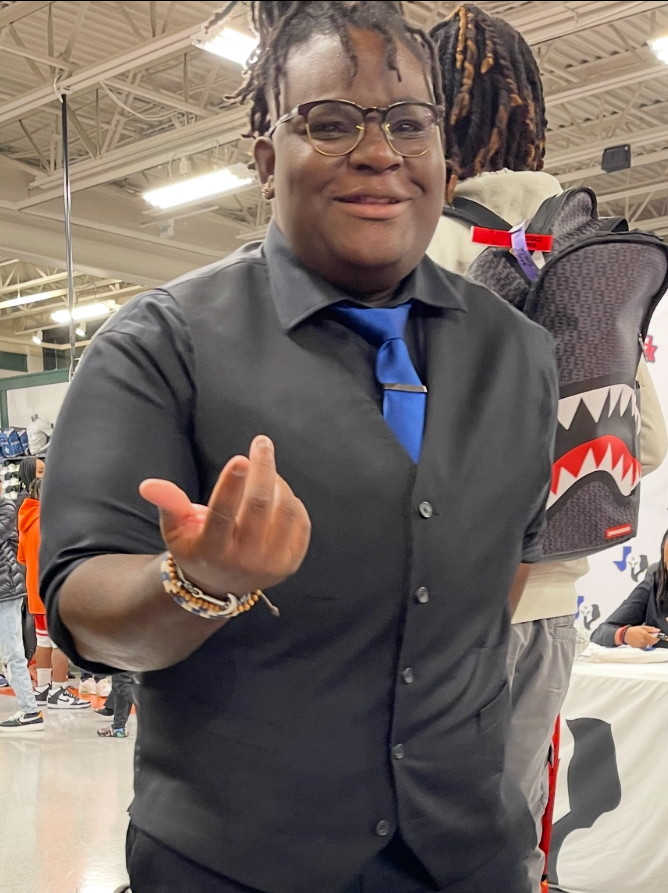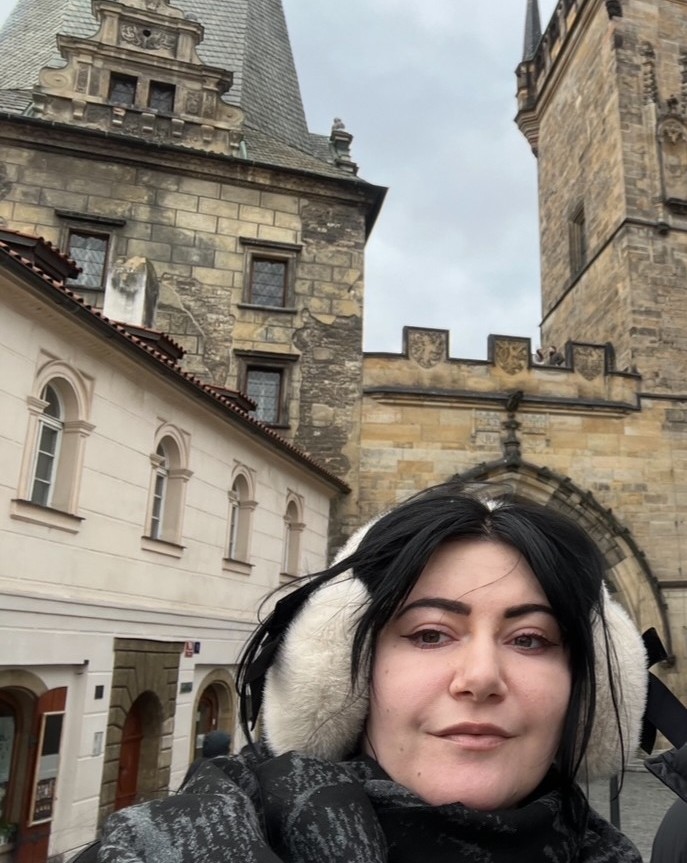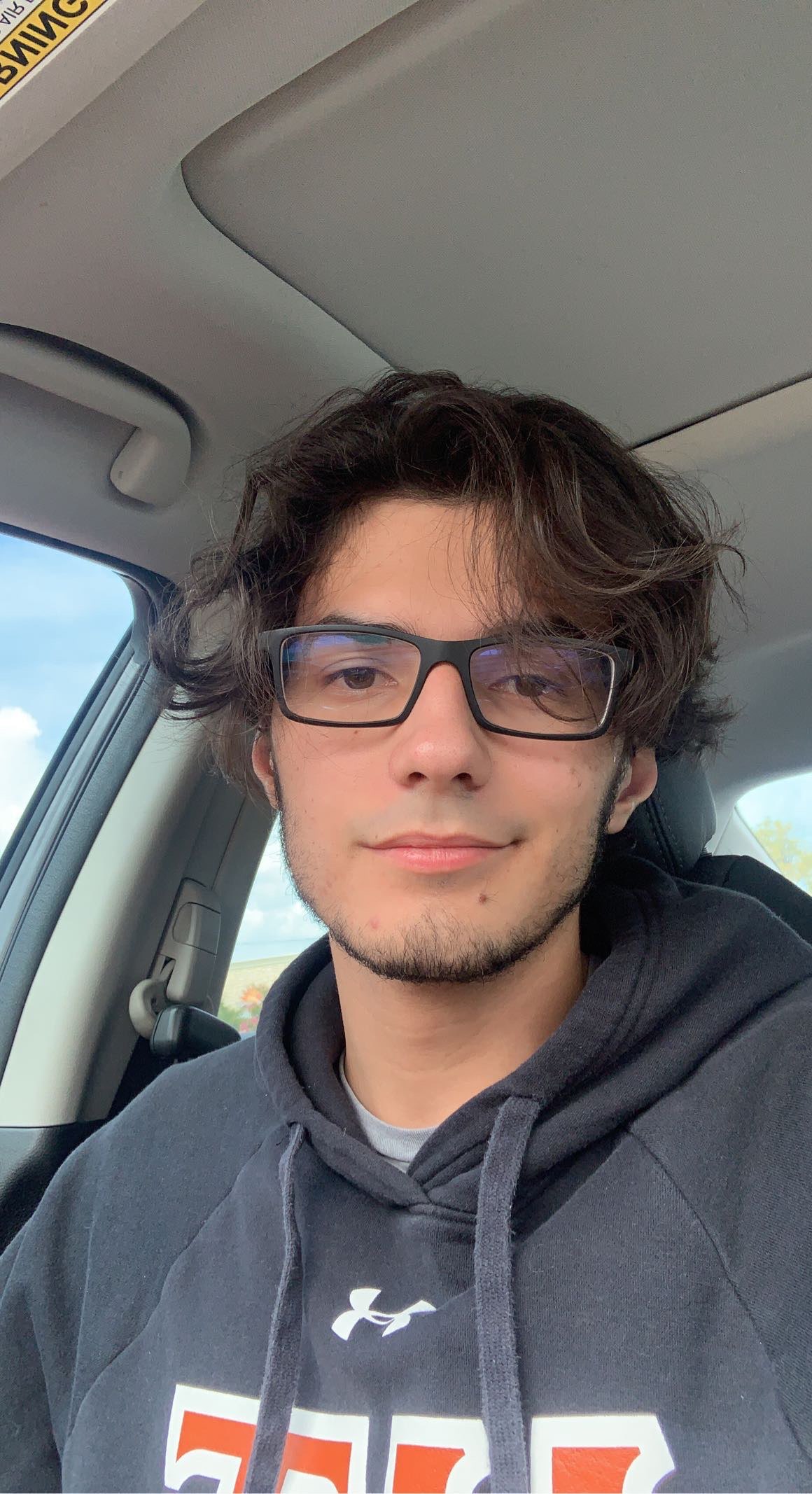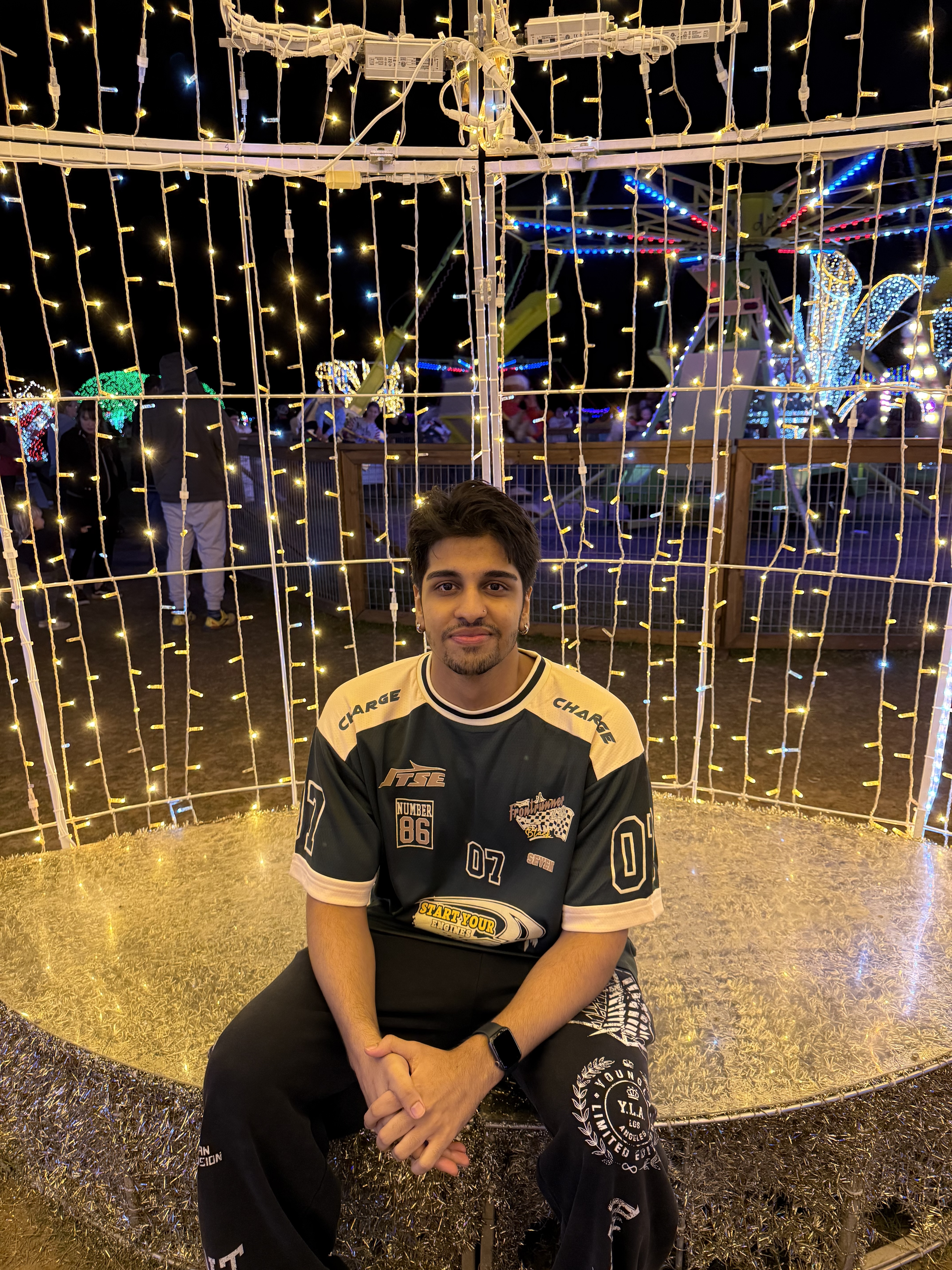


Indoor navigation app for the visually impaired
Spirit Path is a proof-of-concept application created for our Software Engineering course. The goal is to explore how requirements and specifications guide design decisions while delivering a working demonstration of an assistive technology system.
Our project focuses on helping visually impaired individuals navigate indoor spaces safely. Using a combination of sensor beacons, mobile guidance, and route safety indicators, Spirit Path aims to reduce obstacles and provide confidence in environments like schools, offices, or shopping centers.
Since this is an academic proof-of-concept, our emphasis is on:
Spirit Path is not yet a commercial product, but it demonstrates how thoughtful requirements engineering can lay the foundation for life-changing accessibility solutions.
Spirit Path focuses on proof-of-concept solutions for safe indoor navigation for individuals who are blind or visually impaired. Our services combine user research, assistive technology, and practical design methods to explore how indoor guidance systems can improve independence.
Roles mirror our SPMP: rotating leadership and functional sub-teams focused on requirements & specifications.









Our SPMP for the indoor blind navigation proof-of-concept.
The deck summarizes problem context, accessibility goals, architecture (client, routing service, mapping & vision), demo flows (start navigation, deviation recovery), and results from pilot tests with blind/low-vision users.
View our team’s presentation directly in Canva.
Try our interactive prototype (Figma/InVision/etc.).
We couldn’t find that page. Go Home.